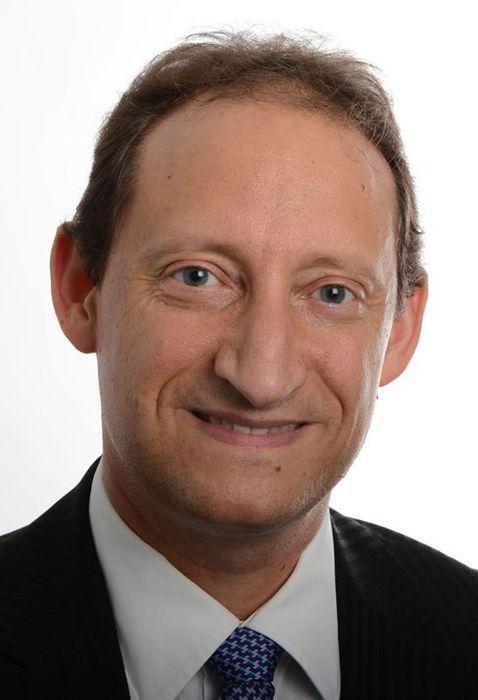Metal-organic frameworks as energy materials
Metal-organic frameworks (MOF) have the potential to combine a vast multitude of inorganic and organic building units, thus leading to new synergistically derived properties. Meet Professor Pascal D.C. Dietzel in Bergen Energy Lab´s lunch meeting.

Main content
Metal-organic frameworks (MOF) have the potential to combine a vast multitude of inorganic and organic building units, thus leading to new synergistically derived properties. As a consequence of their precisely defined pores in the 0.4-2 nm range and large pore volumes, they are heavily investigated materials in adsorption of gases, like hydrogen, methane, carbon dioxide, and separation processes, e.g. hydrogen purification, CO2 capture.
In addition to these properties, the research group is interested in the use of MOFs as energy materials in other application areas, such as catalytic properties (e.g. hydrogen production by photocatalytic water splitting, photocatalytic reduction of CO2), and the investigation of MOFs as materials for photovoltaic devices and as materials in fuel cells, batteries, and supercapacitators.
